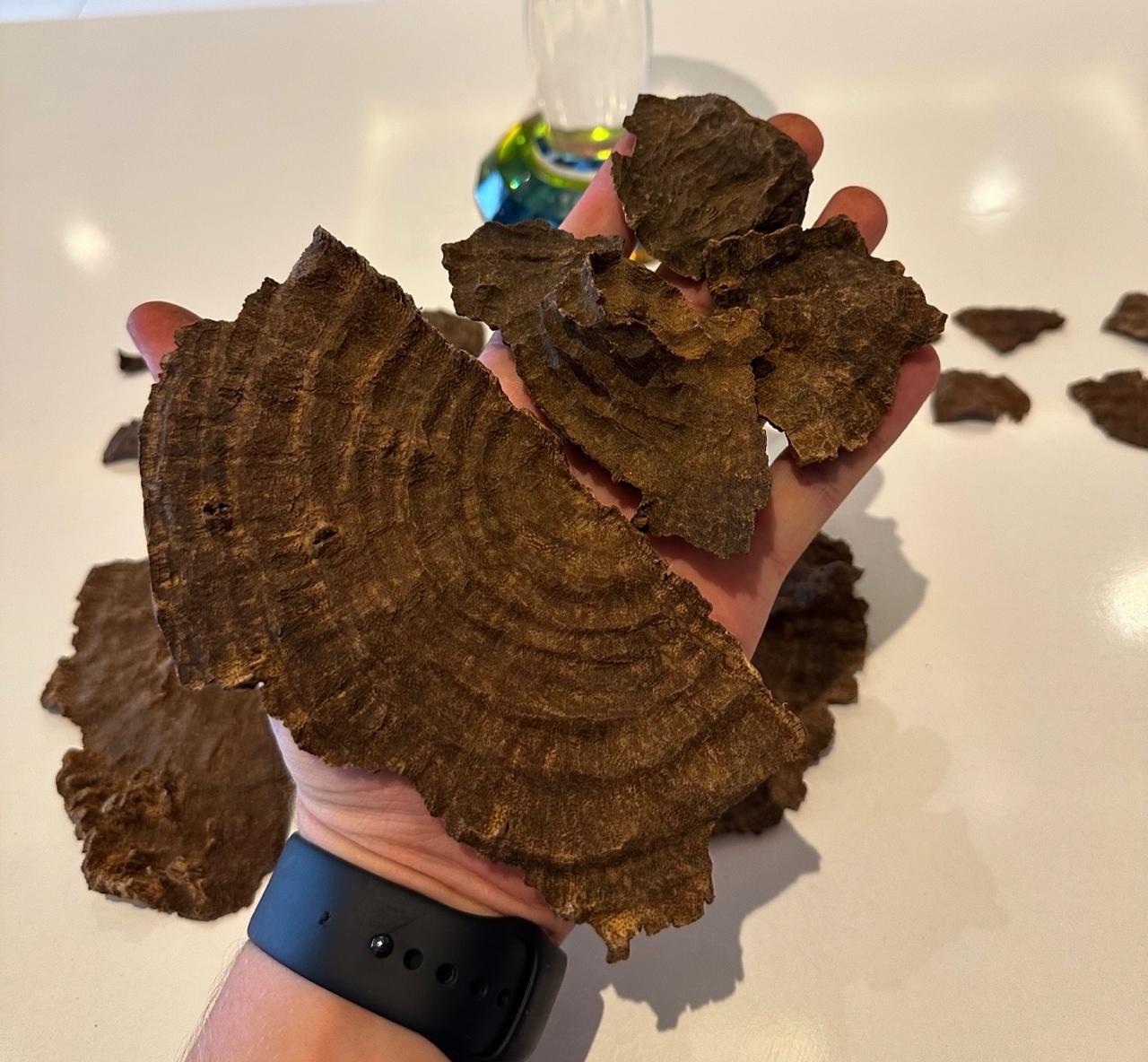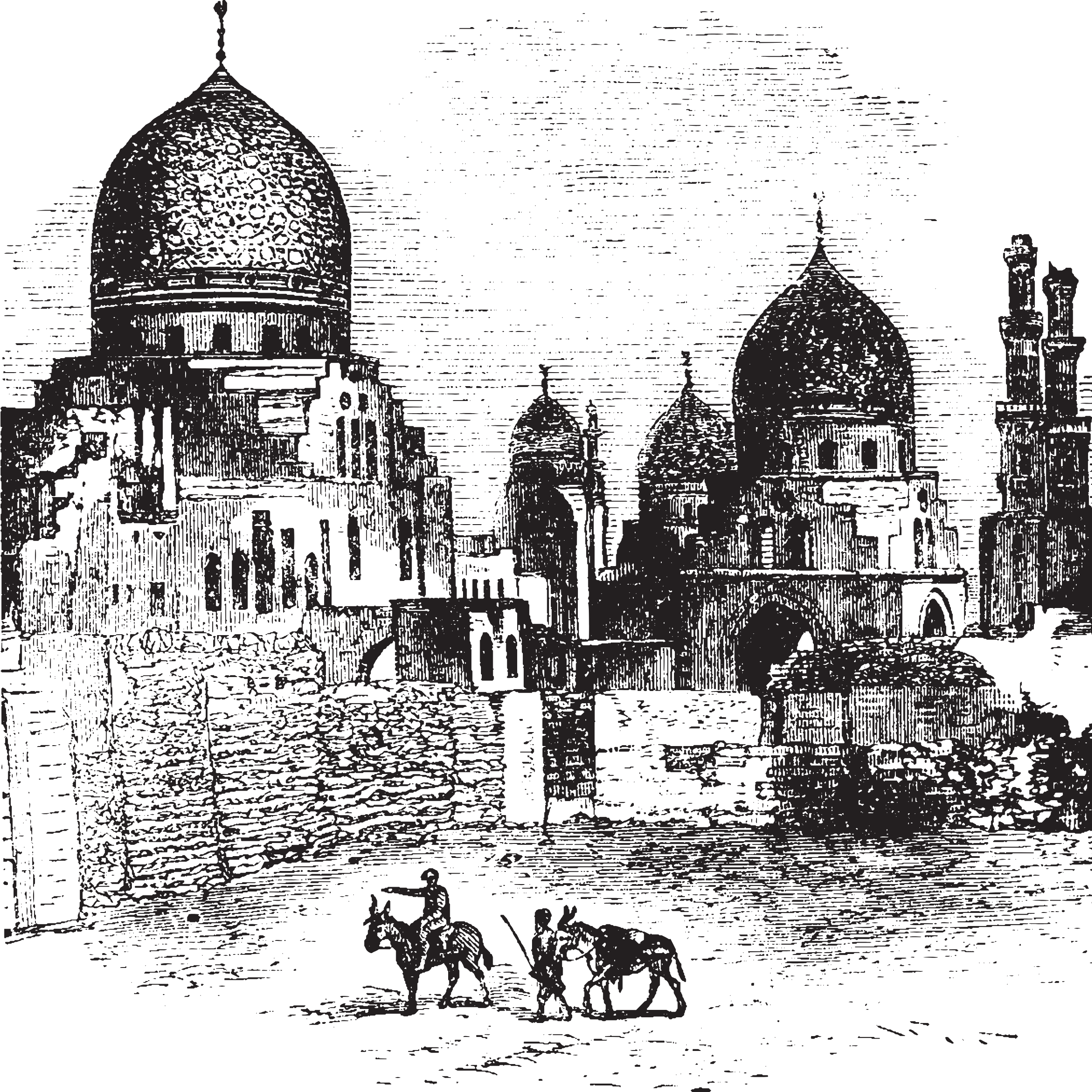
Comparison Between Natural Oud Qmari and Faux Oud: Why Choose the Authentic?
In the world of oud, it is crucial to distinguish the real natural oud qmari , infused with natural resin, from the many imitations available on the market. Found in various parts of Asia such as India, Cambodia, Vietnam, Thailand, the Philippines, Burma, Laos, Sri Lanka, Brunei, Malaysia, Indonesia and China, oud qmari is a rare and precious product of nature. Its great rarity comes from the fact that its creation requires a subtle chain of natural events, sometimes unobtainable even after months of searching in the forests. Indeed, it is not uncommon for local researchers to spend several weeks or even months searching for a tree containing this natural resin, only to come up empty-handed. Let’s explore why real oud qmari is so special and how to avoid common counterfeits.
Natural Oud Qmari: A Masterpiece of Nature
Natural oud qmari is a true marvel. Its production requires a delicate chain of natural phenomena. When certain conditions are met, the tree develops a natural resin, resulting from a subtle interaction with the environment. This process can take decades, adding to the rarity and value of the final product.
Depending on the age of the tree and its natural resin content, oud qmari offers woody, earthy, sweet, or floral aromas. The rarest pieces, from Brunei, the Philippines or Indonesia, can even reveal leathery notes. Each piece of this precious wood reveals all its aromatic richness when burned , offering a refined and captivating sensory experience.
Fake Oud Wood: Deceptive Practices
With the rise in popularity of oud qmari, many fake oud woods have flooded the market. These imitations are often more affordable, but they have nothing in common with the authenticity and complexity of real natural oud qmari. Here are some practices to know to avoid being tricked:
-
Wood soaked in synthetic perfume : One of the most common ways to deceive consumers is to take regular wood and soak it in synthetic perfumes. This fake wood is recognizable even before burning it, because it gives off a fragrant smell the moment you smell it. This may seem pleasant at first, especially to someone who has never smelled real oud qmari, but this is not the natural smell that a real oud gives off. When burned, the smell of this synthetic perfume lingers, fooling buyers into thinking they are smelling authentic oud, when it is simply a commercial fragrance.
-
Painted Wood to Imitation Resin : In some cases, counterfeiters paint the wood to imitate the visual richness of a naturally resin-rich qmari oud. This can be difficult to spot, especially for those unfamiliar with the product. However, there are some telltale signs of this deception, such as an unusually shiny surface or a plastic appearance.
-
Glued wood to mimic resin bubbles : Another questionable practice is adding glue to mimic the bubbles that natural resin produces when burning. This fake wood can give off a chemical odor early or late in the burn, and its resin bubbles are often too large or fizz excessively and abnormally.
How to Avoid Falling into the Trap: Essential Tips
It is crucial to know how to recognize the signs before buying oud qmari to avoid counterfeits. Here are some simple but effective tips to help you make an informed choice:
-
Smell before burning : Real qmari oud does not emit any odor before burning. If you smell a fragrant odor before even lighting it, it means that the wood has been soaked in synthetic perfumes. This fragrance may be pleasant, but it is misleading and does not reflect the natural characteristics of the oud. The unsuspecting buyer may be seduced by this odor and think they have found a good product, when in fact it is a counterfeit.
-
Wood soaked in synthetic fragrances : If a qmari oud wood seems to release a pleasant but artificial scent when burned, there is a good chance that it has been soaked in synthetic substances. While this can fool the senses, the scent is often too linear and lacks depth, unlike the subtle evolution of the scent found with real qmari oud. These woods do not contain any natural resins and will never offer you the same olfactory richness.

-
Wood painted to imitate resin : Although it can be difficult to detect, paint used to imitate resin is often recognizable by an artificial shine or unusual texture. Be wary if the wood appears too uniform or visually artificial.

-
Glued wood to mimic resin bubbles : Pay attention to how the wood reacts when it burns. If the bubbles are too large or if they fizz abnormally, it is likely that glue has been used to mimic the appearance of natural resin. In addition, glued wood often gives off an unpleasant chemical odor, especially at the end of the burn.
Why Buy from Agarwood Maroc?
The best way to avoid counterfeits is to trust experts in oud qmari. At Agarwood Maroc , we carefully select each piece of oud qmari wood that we offer, guaranteeing its authenticity and provenance. Each product is classified by grade, rich in natural resin and free from any artificial or chemical treatment.
Discover all our Oud Qmari ranges by clicking here !



